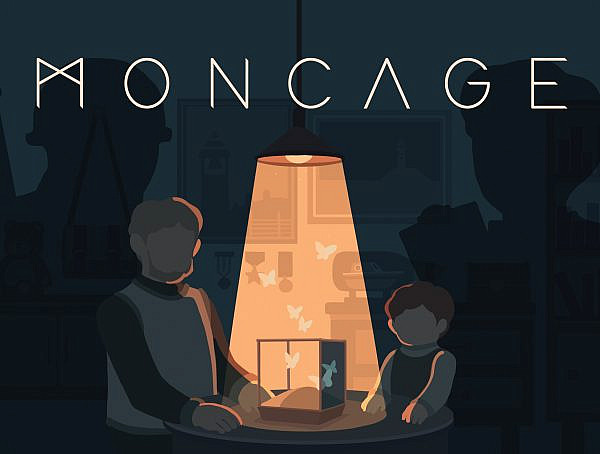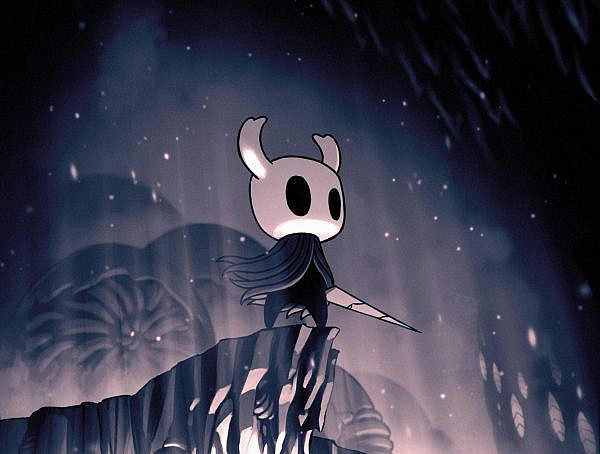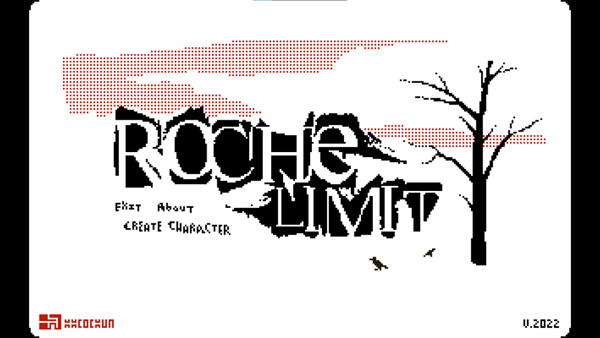To make money it’s not enough that an indie developer has a good game, there’s also a need for marketing skills.
In their paper “‘If you are feeling bold, ask for $3’: Value crafting and indie game developers” Mia Consalvo and Christopher A. Paul take a look at what things indie game developers need to consider while they are making, marketing and selling their games. The topics include how to price indie games, as well as creating marketing and release plans for them. The investigation is done on a group of indie developers discussing the topics and the risks involved in them.
According to Consalvo and Paul, indie developers are not only responsible for making a game but additionally planning out how to market the game. This creates a lot of tasks. The developers need to price the game, decide a release date, choose if they’ll release an early access version or a finished product, create a plan to handle the game’s community, select how to negotiate with publishers, and determine how to fund the game and its marketing. This set of tasks demands skills that are quite different from the skills needed in making a game. Mostly anything that relates to valuating a game Consalvo and Paul define as a part of value crafting. Value crafting is about finding the best ways to achieve optimal sales for a game.
The rise of indie developers can be seen as a result of new distribution platforms, like Steam, and the reduction in price of development tools, such as Unity and Unreal Engine. The practices of indie developers are in a constant transition as platforms, business practices and other game production related areas continuously shift and change. Consalvo and Paul discuss that one key constant in this process is risk management. Thus it’s important to find the best practices to market and sell games.
Consalvo and Paul emphasize how difficult decision it is for indie developers to value their games. This means setting a right price for a game. The opinions vary a lot among developers. Some think that a low price will draw a lot of buyers, while others think that a low price will make buyers think that the game is bad. For some the game’s length determines how much the game is worth, while for others the price of the game will determine the game’s value. Many developers, however, are annoyed by a saturated market where buyers expect low prices and wait for even lower prices from sales. Therefore, some developers set the starting price high which will eventually lower after the game ages.
Valve’s Steam is nowadays a dominant web site for online game purchases, and there’s a large competition among different game developers. Consalvo and Paul claim that Steam is an important platform for distribution for many indie developers. Steam Greenlight remains a mystery for some developers as they feel that Valve’s game selection methods are not in line with the data the games provide. In Greenlight the user community votes for new releases to be accepted onto Steam. On the contrary, visibility on Steam’s front page can be seen as a key for selling games as it draws attention for games. Additionally, indie developers also use other tactics to stand out with their products in such a crowded marketplace. This includes taking part in different sales and closely examining Steam’s analytics. Valve has announced that during the sale games that have been 75% off have even had a 1470% increase in sales.
According to Consalvo and Paul, the game industry has changed a lot during last 10 years. The focus has shifted from getting access to development tools to gathering attention on the market. Indie developers shouldn’t rely too much on Steam as it isn’t a guarantee for success because the competition there is huge. What separates indie developers from bigger game developers is that indie developers may share data and experiences among other indie developers. However, knowing all the tips and tricks isn’t a certain key to success as there are both winners and losers in the game industry.
Source:
Consalvo, M., & Paul, C. (2017). ‘If you are feeling bold, ask for $3’: Value crafting and indie game developers.
Available from http://www.digra.org/wp-content/uploads/digital-library/124_DIGRA2017_FP_Consalvo_Indie_Game_Developers.pdf
You might also like
More from Game Research Highlights
How do you want to do this? – A look into the therapeutic uses of role-playing games
Can playing RPGs contribute positively to your wellbeing? A recent study aims to find out how RPGs are being used …
Eldritch horrors and tentacles – Defining what “Lovecraftian” is in games
H.P. Lovecrafts legacy lives today in the shared world of Cthulhu Mythos and its iconic monsters. Prema Arasu defines the …
Are Souls Games the Contemporary Myths?
Dom Ford’s Approaching FromSoftware’s Souls Games as Myth reveals the Souls series as a modern mythology where gods fall, desires …

















